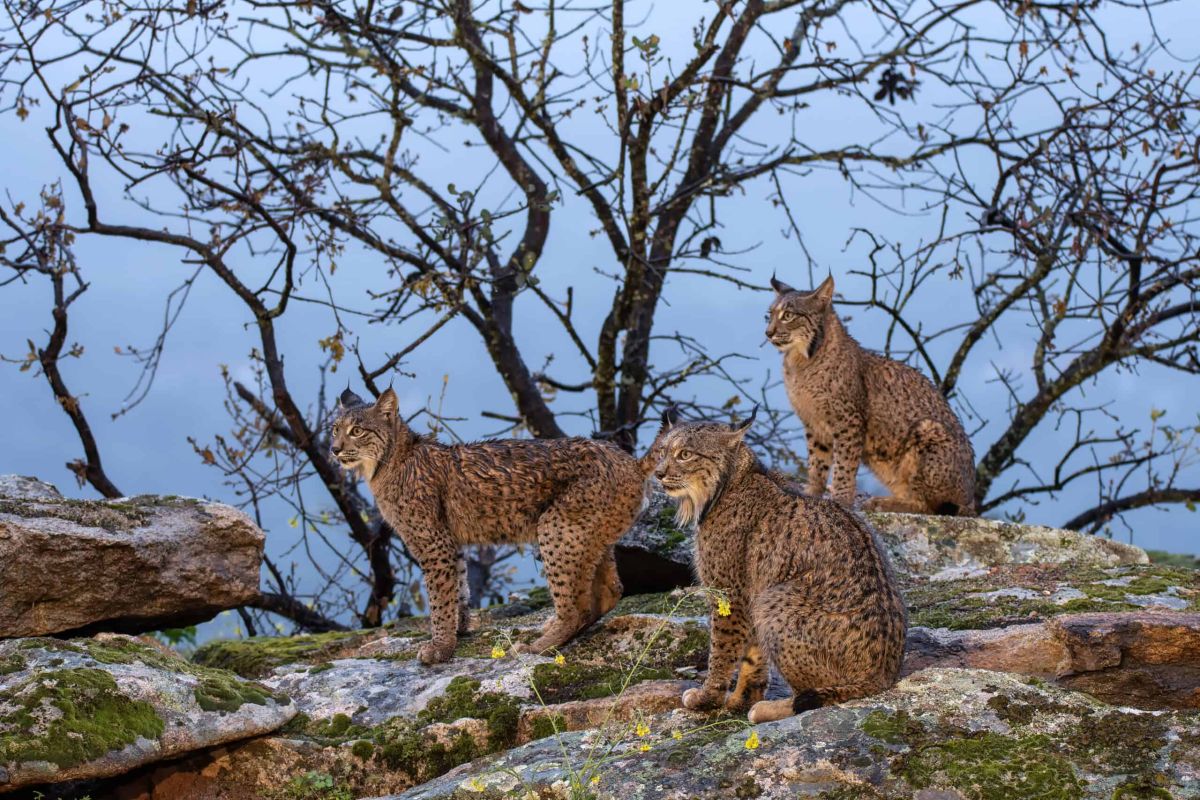Unveiling the Differences Between the World’s Lynx

The word “lynx” conjures images of stealthy, tufted-eared hunters padding through silent forests. But did you know there isn’t just one kind of lynx? Across the globe, three distinct species share this name, each with its own unique characteristics and ecological niche. Understanding what sets the Canada lynx, the Eurasian lynx, and the Iberian lynx apart reveals fascinating insights into their adaptations and struggles for survival.
While all lynx species share some common traits – short tails, powerful legs, and those signature ear tufts – significant differences set them apart. These differences are shaped by the environments they inhabit and the prey they pursue.
The Canada Lynx:
Found primarily in the boreal forests of North America, the Canada lynx (Lynx canadensis) is arguably the most specialized of the three. Its defining characteristic is its incredibly large paws, which act like natural snowshoes, allowing them to traverse deep snow with ease. This adaptation is critical, as their primary prey is the snowshoe hare. In fact, the dramatic population cycles of snowshoe hares directly influence the Canada lynx population. When hare numbers boom, the lynx thrives; when they crash, the lynx faces hardship.
Beyond its paw size, the Canada lynx tends to be smaller than its Eurasian counterpart, with a pale gray or brown coat, typically featuring faint, indistinct markings. Its ear tufts are moderate in size, and its overall physique is built for navigating snowy landscapes. Its focus on the snowshoe hare as a primary food source makes it incredibly reliant on this species’ stability.
The Eurasian Lynx:
The Eurasian lynx (Lynx lynx) is the largest of the three and boasts the widest distribution, ranging across much of Europe and Asia. Adaptable and resilient, this lynx is a highly versatile predator, not as solely reliant on a single prey species as the Canada lynx. While it does prey on hares, it also hunts deer, foxes, rodents, birds, and even young wild boar.
The Eurasian lynx’s appearance is more robust, with a thick, dense coat that varies in color, from a reddish-brown to gray, and often features distinct spots and markings. Its ear tufts are typically long and prominent, and it has a more powerful build compared to the Canada lynx. This larger size allows it to take down bigger prey, showcasing a more generalized hunting strategy.
The Iberian Lynx:
The Iberian lynx (Lynx pardinus), found solely in the Iberian Peninsula of Spain and Portugal, is the smallest and most endangered of the three species. This lynx is unique not only in size but also in its specialized habitat and prey. It thrives in the Mediterranean scrubland and relies almost entirely on the European rabbit. Like the Canada lynx, its population is directly linked to the rabbit population.
Distinguished by its striking spotted coat, which is more pronounced than the other two species, the Iberian lynx also has a shorter tail and more pointed ear tufts. Its smaller size is an adaptation to the dense scrub vegetation, which provides excellent cover for hunting. The Iberian lynx is a crucial reminder of how habitat fragmentation and prey availability can dramatically impact a species’ survival.
Beyond Physical Traits: A Shared Struggle
While these three lynx species differ in size, appearance, and preferred prey, they all face similar challenges. Deforestation, habitat fragmentation, poaching, and the impacts of climate change threaten their populations. Understanding the unique characteristics of each species is crucial for developing effective conservation strategies.
These magnificent cats, with their powerful presence and elusive nature, play a vital role in their respective ecosystems. By appreciating the unique qualities that set the Canada, Eurasian, and Iberian lynx apart, we can become better stewards of our planet and ensure these whispers of the wild continue to echo through the forests for generations to come.



